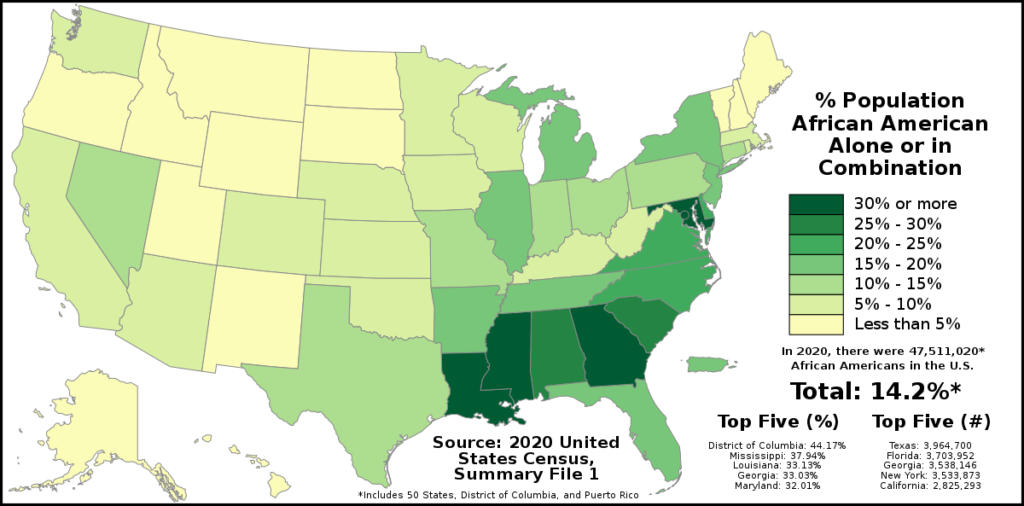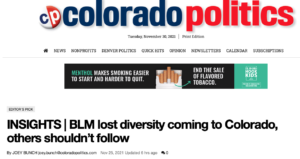If you haven’t been paying close attention to liberal headlines — and why would you — it would appear the Bureau of Land Management had to abandon the whole Grand Junction HQ plan because too many white people live there.
Or not enough Black people live there.
The Washington Post reported that relocating the agency to the Western Slope would undercut diversity because Black people did not want to live there.
The move did dramatically worsen diversity, with more than half the Black employees at the headquarters retiring or quitting rather than accepting the move to Colorado.
That would be a shocking revelation, if you didn’t know that out of 9,000 employees, only 312 were Black. That’s the real scandal.
It’s understandable that many people no matter their color did not want to leave their family inside the Beltway and move out west to do their job of managing more than 200 million acres of western land.
And yet the media would have us believe it’s somehow Grand Junction’s fault because the population is 90% white.
Diversity was never Grand Junction’s long suit. We knew that two years ago, but nobody wanted to say anything when the Trump administration moved the headquarters for the Bureau of Land Management to Colorado.
There’s your hindsight. The Bureau of Land Management was never destined to succeed on the Western Slope because the people there are the wrong color.
Joey Bunch goes on to inform that by comparison, the Beltway region is 45% white and 25% Black, 16% Hispanic and 10% Asian.
That’s what diversity looks like. That’s what attracting a thriving workforce and culturally rich community looks like, too.
And yet, this is what America looks like.
To suggest that no business or government entity should or could exist outside the boundaries of a large Black population was an absurd argument for the Washington Post to try and make, and for the Colorado media to follow. .
Pulling the BLM out of Colorado had nothing to do with diversity of skin color, and everything to do with politics as usual and the consolidation of government power inside the Beltway among career bureaucrats.
This headline was not Colorado Politics’ finest moment.


